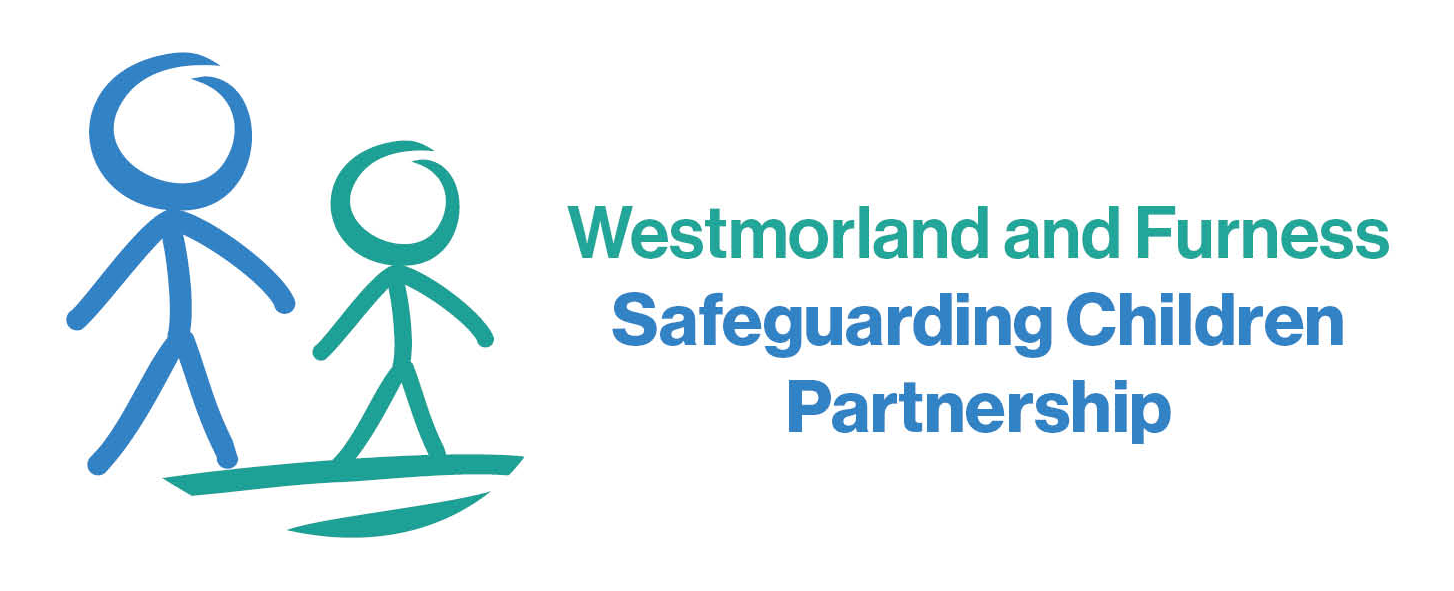Infant crying is normal and it will stop. Babies start to cry more frequently from around two weeks of age. The crying may become more frequent and last longer, but after about eight weeks babies usually begin to cry less each week.
Babies cry for many reasons. They are hardwired to cry whenever they need help, because their brains have not yet developed the circuits that allow for self-control or understanding. Crying is nature’s way of making sure parents pay attention quickly.
A cry might signal many things — discomfort and startle are common examples. Sometimes babies cry for no reason at all and sometimes they cannot be settled. This can be upsetting for both baby and parent, but it causes no harm and will eventually stop. After about five months, crying often becomes more “purposeful,” meaning your baby is more likely to be crying for a clear reason.
Crying can be upsetting and frustrating, especially when parents are under pressure and stress for other reasons. These feelings are normal, but if they are hard to get over, it is positive to seek support — both for yourself and for your baby.
It is important to check a few basic needs: make sure your baby isn’t unwell and try some comforting methods. Babies born prematurely usually start to cry more about two weeks after their due date. Parents often search for a physical reason — such as milk intolerance or reflux, these are normal things to consider — but research shows that most of the time there is nothing medically wrong. Babies are simply adjusting to their new environment.
The “Normal Crying Curve” shows that crying usually increases at two weeks, peaks at six to eight weeks and then gradually decreases after two to three months. Every baby is different, but knowing that this is a normal phase and that it will pass can help you cope.
When you have checked your baby’s needs and tried soothing methods, your baby may still go on crying. This can add to both your distress and theirs. In these moments, focus on coping with the crying and managing your feelings of stress.
It is a good idea to prepare a coping plan in advance. Think about:
- who you can go to for help with crying
- what you will do if you need a few minutes to yourself
- what makes you feel better
- what makes you feel calm
A helpful technique is to use the “Pause at the door” approach. Before entering your baby’s room, ask yourself:
- Can I be careful?
- Am I calm?
- Will I be caring?
If you think your baby is unwell, contact your Health Visitor, call NHS 111, or speak to your GP.
For more information visit Infant crying is normal - ICON Cope
